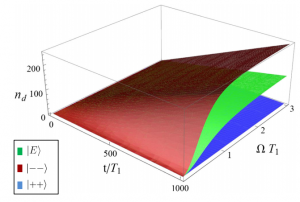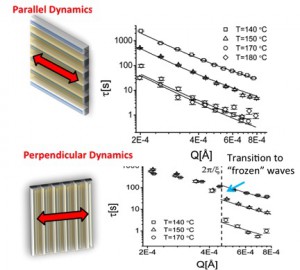https://powrr-wiki.lib.niu.edu/index.php/Merge_Gardens_Generator_Free_Unlimited_Money_No_Human_Verification_(LATEST)
http://cfsp.sdsmt.edu/guide/Merge_Gardens_Hack_Money_iOS_Android_(WORKING)
https://eudocs.lib.byu.edu/index.php/Merge_Gardens_Cheats_APK_Android_Ios_No_Survey_2024_(Current_Version)
https://gate.nmr.mgh.harvard.edu/wiki/whynhow/index.php?title=Merge_Gardens_Generator_Unlimited_Money_No_Jailbreak_or_Root_No_Human_Verification_(Premium_Orginal)
https://classes.engineering.wustl.edu/ese497/index.php?title=Merge_Gardens_Hack_Latest_Version_2024_New_Money_(Unique)
https://pedia.media.mit.edu/Merge_Gardens_Cheats_Free_Money_999,999K_Money_Free_2024_in_5_minutes_(successive)
Category Archives: Uncategorized
Metal Oxide work highlighted in Nature (Schuller Group)
Ivan Schuller’s recent work on Metal Oxides was highlighted in Nature:
Other groups are trying to understand the nature of the phase transition. In January, Ivan Schuller, a solid-state physicist at the University of California, San Diego, and his colleagues showed that in vanadium oxide, the transition is in large part caused by micrometre-scale heating by the applied electric field.
Some point to Schuller’s work as evidence that metal oxides will never make fast switches, because heating effects are usually quite slow. But Ramanathan says that his own measurements on vanadium oxide demonstrate that the phase transition is quite fast — less than a few nanoseconds — and that it should not hinder applications.
Robust Quantum Entanglement at a Distance (Sham Group)
of the average number of photon detected.The
state-selective fluorescence signals increase linearly with time.
Anisotropic capillary wave dynamics on “groovy” substrates (Shpyrko Group)
Liquid surfaces are generally known to be isotropic—any two orthogonal directions along their surfaces are equivalent. Thermally excited capillary fluctuations are nanometer high waves that spontaneously decorate liquid surfaces even in the absence of external vibrations. As reported here, however, patterning the underlying substrate fundamentally changes how capillary waves propagate along various directions of the surface.
To investigate this phenomenon, a team of researchers from Pacific Northwest National Laboratory, the National Institute of Standards and Technology, Argonne National Laboratory and the University of California, San Diego, performed x-ray photon correlation spectroscopy measurements at the X-Ray Science Division sector 8 beamline at the Advanced Photon Source. The researchers measured the spontaneous surface fluctuations of thin polymer films deposited on solid surfaces patterned with periodic nanoscale grooves. By following the temporal evolution of coherent x-ray speckle patterns the researchers separately measured the capillary waves as the function of their wavelength in directions both parallel and perpendicular to the etched nano-grooves. They found that waves measured along the grooves exhibit behavior similar to the films deposited on un-patterned surfaces. On the other hand, they found that the dynamics of capillary-waves measured normal to the grooves shows strikingly different behavior. Specifically, the gratings act as a band-pass filter—waves with short wavelengths fluctuate as normal while waves with wavelengths longer than a certain cutoff value are effectively frozen out. The cutoff value appears to be defined by a balance between surface tension and the liquid’s Van der Waals interactions with the substrate. “The observed dramatic and quite unexpected effect the nanostructured substrate has on capillary behavior of thin liquid films provides new pathways for guided self-assembly, nano-fluidics, de-wetting, phase separation and pattern formation”, said Oleg Shpyrko (UC San Diego).
“Capillary wave dynamics of thin polymer films over submerged nanostructures” K. J. Alvine, Y. Dai, H. Ro, C. L. Soles, S. Narayanan, A. R. Sandy and O. G. Shpyrko, Phys. Rev. Lett. 109, 207801 (2012).
DOI: 10.1103/PhysRevLett.109.207801
Contact: Oleg Shpyrko, UC San Diego, oshpyrko@physics.ucsd.edu
Figure 1. Capillary-wave fluctuation spectra of thin polymer films measured parallel (top panel) and perpendicular (bottom panel) to nano-grooves in the underlying substrate. When measured parallel to the grooves, the spectra display normal fluctuations but when measured normal to the nano-grooves, the spectra show evidence of a cut-off length scale.

